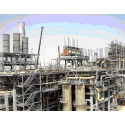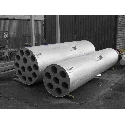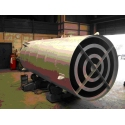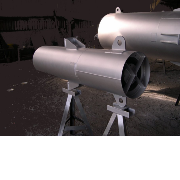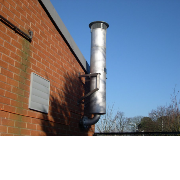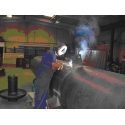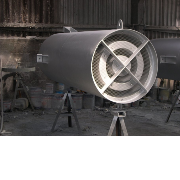The specifications of pneumatic silencers
1 June 2023We fight against the problems industrial noise pollution causes. Our approach involves designing and supplying a range of silencers. They minimise the noise in various facilities. You can use the likes of our autoclave silencer models to keep noise levels stable. We also excel at pneumatic silencers. All of these devices are high in quality and have reasonable prices.
Silencing pneumatic equipment
There are a lot of silencers out there, with the pneumatic silencer being one of them. Another name for them is a pneumatic muffler. They work as outlets to vent pressurised air into the environment. A silencer usually fits onto a cylinder. Alternatively, they go onto 5 or 2-way solenoid valves or other fittings.
The air that leaves the device emirates contaminants while the silencer works. However, this could create a noise that might harm the surroundings. So, it is advisable to employ a silencer exhaust cleaner. It will restrict damaging materials from getting into the environment.
Pneumatic silencers are highly cost efficient. Also, they are far simpler tools to lower the noise and contaminants. Another fact is that they come with variable flow rate control. You can use this to manage the speed of a driving device.
The main function of pneumatic silencers is to outlet pressurised air at a safe noise level. Also, they stop contaminants from exiting your silencer if they are combined with a filter. Silencers will be straight at a valve’s exhaust port. They diffuse air via a larger surface area that lowers turbulence and noise levels. It is possible to install silencers on hoses as well.
If you need this kind of product or an autoclave silencer, you need to ensure the specifications are right. We want to look at the main ones here.
Temperature
Pneumatic models are suitable for low or high temperature applications. Whilst choosing silencer materials, you need to ensure they can work well. They must do so across the operating temperature.
Pressure
A device needs to be chosen according to the proper operating pressure. This is in guaranteeing optimal noise reduction. Also, it should lower chances of premature failure.
Connection type
Pneumatic silencers are normally linked to ports utilising a threaded male end. This could be on fittings, a solenoid valve, or a cylinder. The right connection enables you to move it from one device or hose to another, and likewise.
Surface area
This important specification usually influences the noise reduction, mechanical strength, and the overall size. As a result, it is very important to get it right.
Do you need an autoclave silencer or a pneumatic one?
At Ventx, we supply silencers that benefit both workers and visitors of industrial sites. At the same time, you need them to adhere to the UK environmental standards. You can work with us if you have an existing site or a plant that is at the design stage. We will find the best solution whatever the situation.
So, talk to us if you need an autoclave silencer or something else. We’ll be happy to design one or a suite of them for you.


